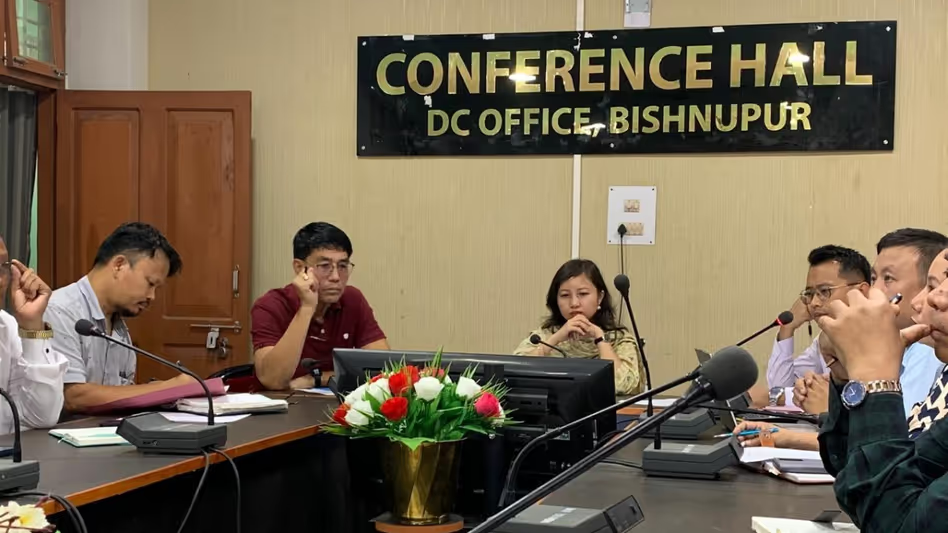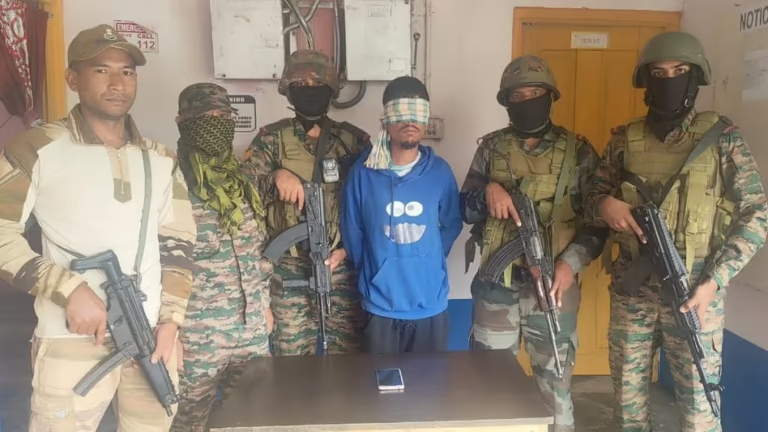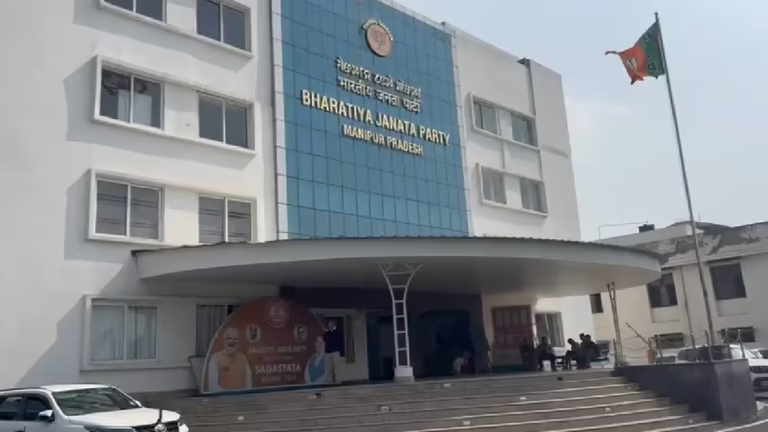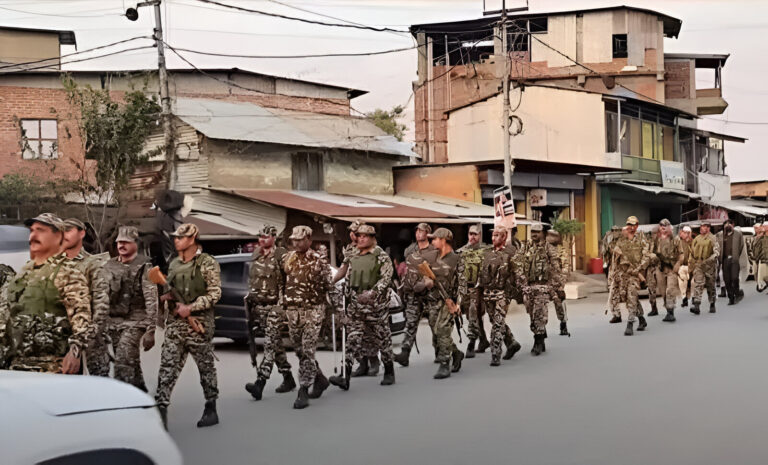Manipur: Bishnupur DC Pooja Elangbam launches drive to achieve 100% Aadhaar coverage
Summary of the News Article
Bishnupur district in Manipur has launched a district-wide campaign to secure 100% Aadhaar coverage, starting July 7, 2025. Deputy Commissioner Pooja Elangbam kicked off the initiative at a District Level Aadhaar Monitoring Committee meeting, emphasizing the importance of mandatory biometric updates for children aged 5–7 (MBU‑1) and 15–17 (MBU‑2). Officials warned that failing to comply during these windows may result in Aadhaar deactivation, disrupting access to public services. Strategies include leveraging Birth Registration-Based Aadhaar Enrolment (BRBAE), digital portals for document verification, and coordinated outreach via departments and local officials
Bishnupur’s 100% Aadhaar Goal: A Roadmap to Identity Inclusion
1. Why This Drive? The Stakes Behind the Numbers
Ever thought—why fuss over one more ID card? Well, Aadhaar isn’t just plastic—it’s your access ticket to welfare, subsidies, banking, education, and more. For families in Manipur’s Bishnupur, having a biometric Aadhaar means eligibility for schemes under DBT, MPLADS, and other government support . So when DC Pooja Elangbam launched this campaign, she wasn’t handling paper—she was unlocking potential.
2. When and What: Key Dates & Milestones
- Launch Date: July 7, 2025
- Target: Universal Aadhaar enrolment + mandatory biometric updates at key ages
- Who’s watching: District-level committee—DC, ADM, SDOs, BDOs, CMO, ZEO, UIDAI reps, and local officials
Parents, take note: if your child turns 5–7 or 15–17 and skips MBU, there’s a risk of Aadhaar deactivation—meaning no subsidies, no banking, no government ID.
3. Biometric Update Windows: Why Ages 5–7 and 15–17 Matter
These age brackets aren’t random—they reflect physical change. Kids’ fingerprints and iris patterns grow and shift. Updating them ensures future authentication works—like re-syncing software after an update. No update means systems may fail to recognize you later
4. The Strategy Framework: Tools of the Campaign
- Mandatory Biometric Updates (MBU‑1 & MBU‑2) across age brackets
- BRBAE integration to link birth registrations with Aadhaar
- Digital Portals to verify documents online—faster and less paperwork
- Awareness via Departments—schools, health centers, CSOs, and local officials all pushing the message home
It’s a well-oiled machine: no enrolment center alone can do it. It needs every local office, school, hospital, and village council in the loop.
5. What’s at Risk if You Don’t Update?
- Deactivation of Aadhaar—which means forget rice subsidies, pensions, PMAY homes, school scholarships, or bank accounts
- Wasted opportunities—your child could miss out on welfare schemes for years
- Eligibility issues—ID needed for passports, driving licenses, even voter ID sometimes hinges on Aadhaar
Think of it like a train ticket: missing one update means you’re locked out of the station.
Final Takeaway
Bishnupur’s Aadhaar drive isn’t just about cards—it’s about securing rights, ensuring equity, and future-proofing lives. From July 7 onwards, this campaign fits into Manipur’s broader security agenda, aligns with DBT goals, and touches every household. But it’s up to YOU—parents, workers, officials, citizens—to make that final update happen.
Remember: a fingerprint today means a lifetime of access tomorrow.
Frequently Asked Questions (FAQs)
- What are the biometric update windows, and why are they mandatory?
Mandatory Biometric Updates (MBU‑1 at ages 5–7 and MBU‑2 at 15–17) compensate for changes in kids’ fingerprints and iris patterns, ensuring later authentication works. Without updates, Aadhaar could be deactivated - When does the drive start and who oversees it?
The drive starts on July 7, 2025, under DC Pooja Elangbam and a District Aadhaar Monitoring Committee including ADM, SDOs, BDOs, CMO, ZEO, and UIDAI reps - What happens if a child’s Aadhaar isn’t updated on time?
The Aadhaar may be deactivated, potentially cutting access to welfare schemes, banking services, scholarships, and official documentation - How is the government reaching remote areas?
Through BRBAE newborn campaigns, school circulars, health center enrolments, village camps, departmental channels, and digital portals—all organized across village administrative points . - How does this campaign fit into Manipur’s larger Aadhaar policies?
Manipur already employs stringent adult Aadhaar verification and ILP compliance at state HQ level. This universal drive extends that rigor to children, enhancing security and identity integrity across age groups




